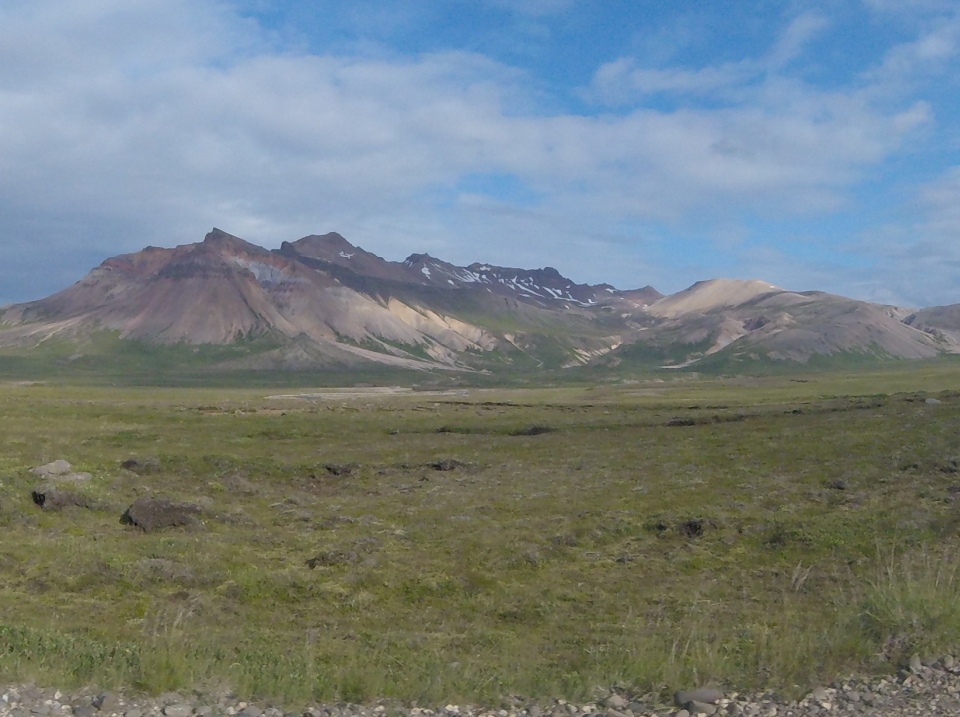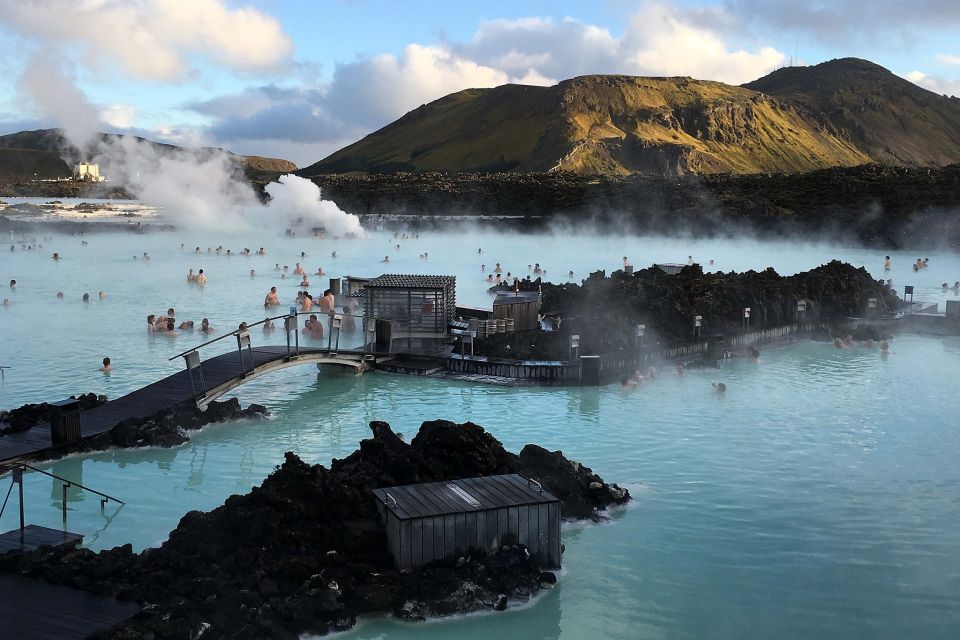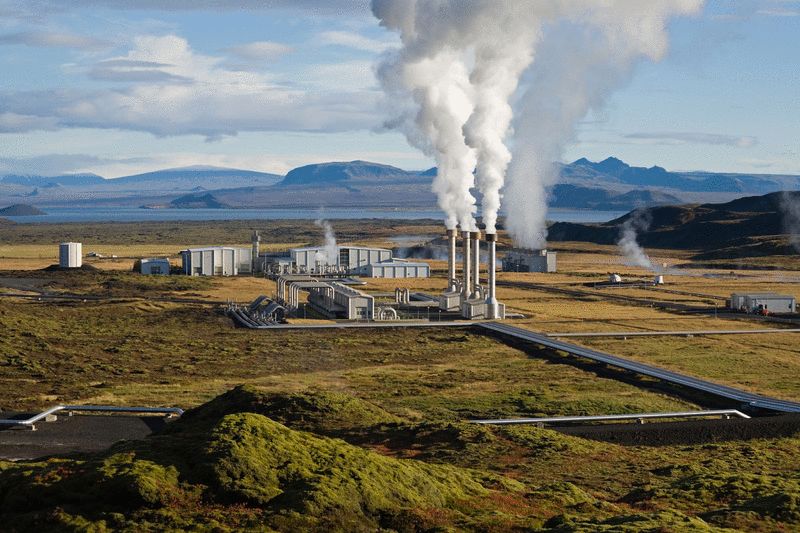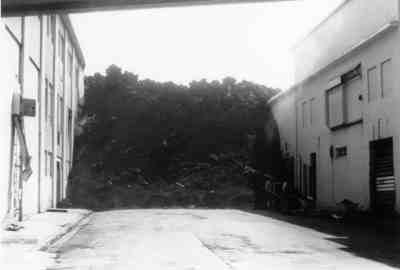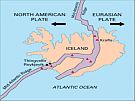The people of Iceland are used to living with earthquakes and volcanoes. Like New Zealand the land has been shaped by movement along a plate boundary. This movement has led to volcanic activity, frequent earthquakes and landslides.
It will all work out in the end
A common saying in Iceland is þetta reddast’ meaning ‘it’ll all work out in the end’. This phrase sums up the way Icelanders seem to approach life: with an easy-going attitude and a great sense of humour.
The attitude is that sometimes it works out and sometimes it doesn’t, but in Iceland people don’t let this stop them from trying.
Problem solving
A volcano in Heimaey, an island off the south coast, erupted in 1973. This volcano was thought to be extinct as it had not been active for about 5,000 years. The fishing town of Heimaey, with a population of 5,300, was only 200-300 m away from the eruption, which began without warning. Nearly everyone had to leave the island by fishing boats and aircraft during the first night.
The eruption lasted 5 months and the village was nearly destroyed by lava, ash and fire. Two-thirds of Heimaey was saved by using barriers and huge jets of water to cool the lava, which created a rock damn against the flow. Surprisingly, by the time the eruption was over, the town's harbour was even better than before. The new land sheltered the harbour from wind and water.
This event is an example of how resilient the people of Iceland are and how problem solving, and team work can help people to cope with natural disasters.
The benefits of volcanoes
The 2010 eruption of Eyjafjallajökull made world news as flights around Europe were cancelled. The ash from the volcano was a risk for planes because it can enter the engines and cause damage. Iceland used this event to promote its volcanic scenery and now tourism is booming bringing money into the country.
Iceland is also able to use geothermal energy to generate cheap, clean and renewable energy.
Insurance
Like New Zealand Iceland has an insurance scheme similar to that which EQC provides in New Zealand. This scheme which all home owners pay into helps people to rebuild after disasters.
 Research
Research
Iceland is also a great place to study volcanic hazards. Regular eruptions have helped scientists to better understand the hazards caused by lava and mud flows. The eruption of Eyjafjallajökull has also helped people to plan and prepare for the impacts of ash clouds on international flights.
Ready for a quiz? Try the 'Lessons from Iceland' interactive activity.

